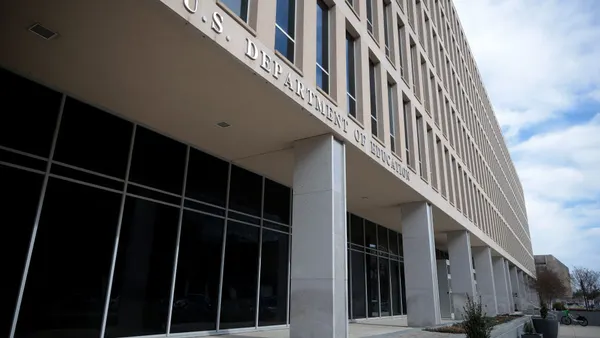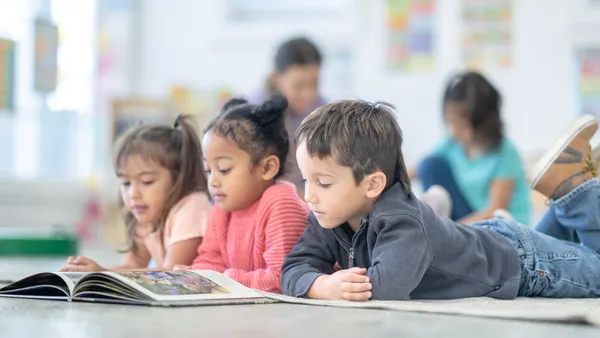Dive Brief:
- A five-year project to bring personalized learning to a San Diego school district had its ups and downs, with attendance gains as the most positive result, according to The Hechinger Report
- Now in the second year of a $10 million grant from the XQ: Super School Project, teachers at Vista High School in the district found GPAs rose slightly, about 0.2% for freshman, but a design to keep those students in several of the same classes together "caused friction."
- The Vista school district hopes that bringing in more support for educators will also help.
Dive Insight:
It’s hard to avoid the trend toward personalized learning that has swept through schools across the country. Yet not every endeavor ends positively. While Vista High School is adjusting to its new mission mid-way, Mountain View Whisman School District in California actually ended its program last year when faced with technical problems and disgruntled parents.
Implementing a personalized learning approach requires more than just creating an initiative and letting it unfold. Administrators must stay focused and even document personalized learning methods as they are put in place. Most keenly, curriculum leaders and district heads must ensure that they’re "giving schools the flexibility and supports they need to experiment and learn," according to a report in June 2018 from the Center for Reinventing Public Education (CRPE).
Crucial, then, is understanding that any big educational change can be rough going, whether that’s for a single classroom or a large school district. The benefit of personalized learning, however, can be worth the growing pain. Administrators must though understand they need to stay flexible, while also "strategically seeding and spreading innovative practices within and across schools," CRPE wrote. That way, students benefit while avoiding potential pitfalls along the way.











